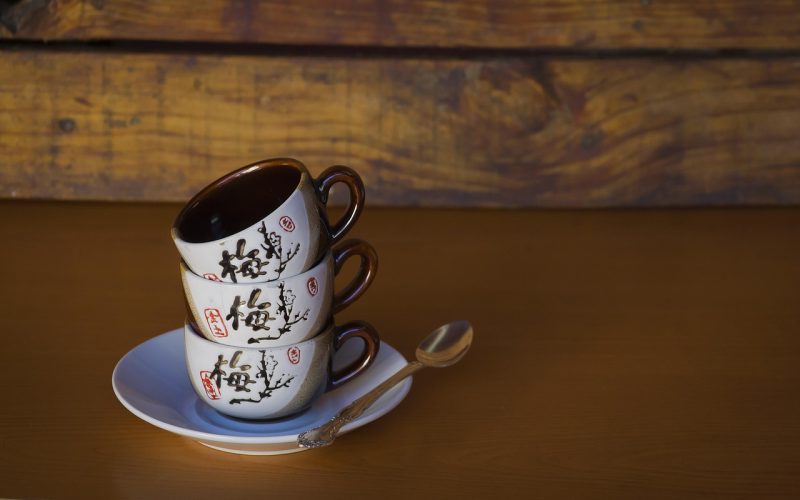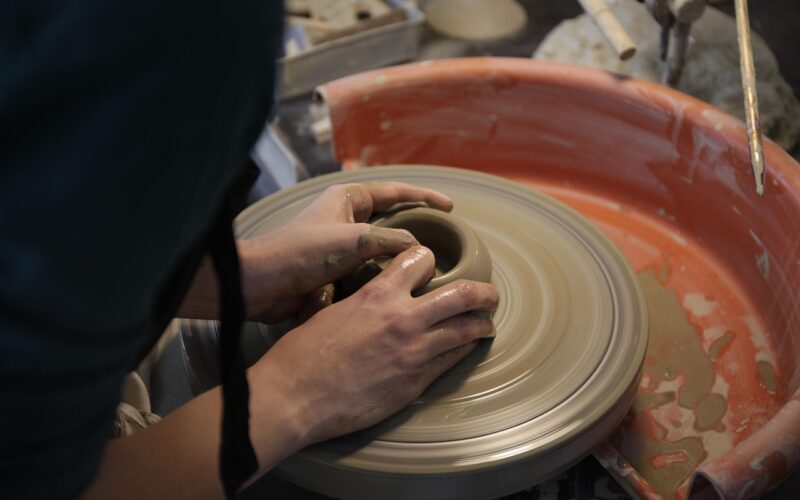The Rising Appeal of Ceramic Art
Ceramic art, once considered an ancient craft, is now enjoying a resurgent wave of popularity across the globe. From minimalist pottery pieces adorning modern homes to intricate sculptures showcasing artistic prowess, ceramics have evolved into a celebrated form of cultural and personal expression. This resurgence reflects not just a newfound appreciation for craftsmanship, but also a growing societal shift towards sustainability and slow living.
What makes ceramic art so captivating is its unique blend of tradition and innovation. Ceramics are rooted in ancient practices, yet their versatility allows artists to continually push creative boundaries. Today's artists are reimagining the medium by incorporating sustainable materials, such as recycled glass and eco-friendly glazes, appealing to environmentally aware audiences. This fusion of age-old techniques and modern values has made ceramic art a favourite in contemporary creative circles.
The process of creating ceramics
Ceramics transcend mere artistry; they are a marriage of science and creative expression. Every ceramic piece begins with a carefully selected mixture of materials, including silica sand and China clay, also known as kaolin. Silica sand provides structure, while China clay enhances flexibility, allowing intricate forms to take shape. Once crafted, these pieces undergo firing in a kiln at high temperatures, transforming their fragile structure into resilient beauty.
This process highlights the tactile nature of ceramic art, one of its most compelling aspects. Each step-moulding, painting, firing-demands patience and precision, giving artists a deep connection with their work. For enthusiasts, knowing the effort behind every piece makes ceramics not just objects to be admired, but stories to be cherished.
The role of ceramics in sustainable living
The rise of ceramics is also tied to the broader environmental movement. Ceramic art aligns with sustainability through its use of natural and recycled materials. For instance, recycled glass is often embedded into artworks to add texture and colour while reducing waste. Similarly, the traditional use of durable materials like China clay ensures that ceramic creations stand the test of time, reducing reliance on disposable items.
Many ceramic artists and studios are now adopting eco-conscious practices, such as recycling clay scraps, using energy-efficient kilns, and sourcing local materials to minimise their environmental footprint. These initiatives resonate with environmentally conscious consumers, adding another layer of value to ceramic art.
A growing collector's market
The allure of ceramics has ignited a booming market for collectors and hobbyists alike. Their tactile aesthetic, distinctive textures, and individuality make these works not only valuable but deeply personal. Handmade ceramics often carry the artist's fingerprints and subtle imperfections, turning each piece into something entirely unique-a quality mass-produced items rarely possess.
Collectors are drawn to these characteristics, making ceramic art a meaningful, and sometimes lucrative, investment. Additionally, ceramic workshops and fairs are gaining momentum, providing artists with platforms to share their craft and enthusiasts with hands-on learning experiences.
Ceramics in interior design
Ceramics have also emerged as a trend in interior design, celebrated for adding warmth and character to living spaces. From sculptural vases to tableware and tiles, these pieces blend functionality with beauty. Neutral-toned ceramics, in particular, are prized for their ability to integrate seamlessly into both minimalistic and eclectic interiors.
The materials used, such as silica sand and China clay, lend ceramic works a natural elegance, further amplifying their appeal in design. Many homeowners and designers are drawn to handmade ceramics for the sense of craftsmanship and authenticity they bring to modern spaces.
The future of ceramic art
With its deep historical roots and fresh, innovative spirit, ceramic art shows no signs of fading. Its ability to balance tradition with a forward-thinking focus on sustainability continues to win hearts worldwide. Advances in technology, such as the growing use of 3D printing to create ceramics, suggest even more exciting developments lie ahead.
For those interested in supporting ethical artistry while exploring their own creativity, ceramic art offers a world of possibilities. Whether as a collector, maker, or admirer, engaging with ceramic art not only enriches your space but also connects you to a timeless craft that thrives in today's world of innovation and sustainability.








